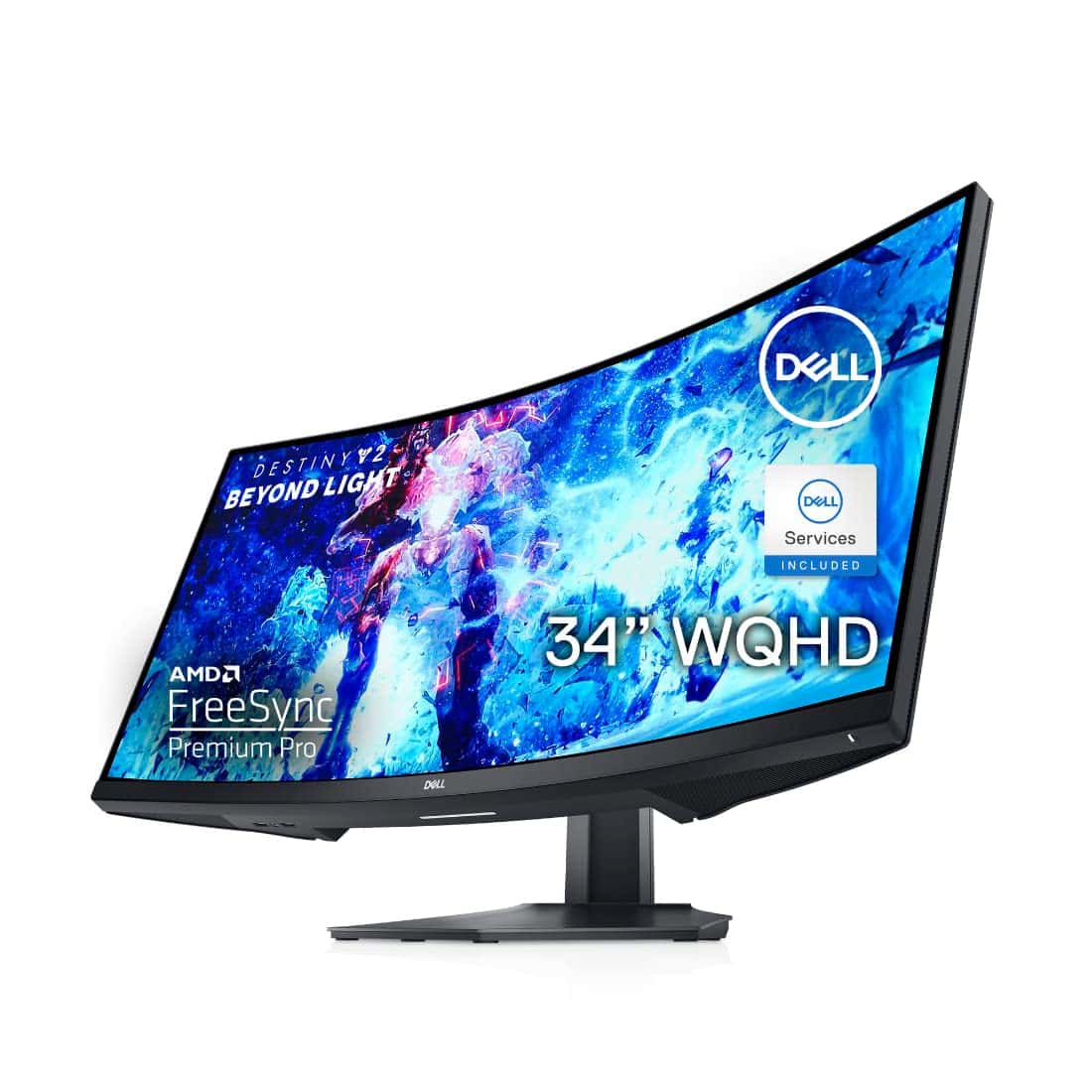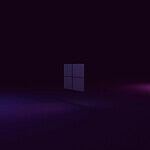When shopping for a new monitor, consumers are faced with the choice between curved and flat screens. The debate on whether one should choose a curved monitor over a flat one is driven by various factors including intended use, space considerations, and viewing comfort. Curved monitors claim to offer a more immersive experience, following the natural curvature of the human eye and reducing distortion at the edges of large screens. They are touted to be particularly beneficial for an enveloping gaming experience or for users who spend extended hours in front of the monitor, as they can reduce eye strain by maintaining a more consistent distance from the eye.
Flat monitors, on the other hand, are the traditional choice and continue to be widely popular for their versatility. They are generally more space-efficient, making them a fit for smaller workspaces and easier to mount on walls. The decision between curved and flat monitors ultimately depends on personal preference, specific use cases, and the environment in which the monitor will be used.
A Matter of Perspective: Flat vs. Curved Monitors
When shopping for a new computer monitor, one of the first decisions you’ll face is whether to go with a curved or flat screen. Both have their pros and cons, and the ideal choice depends on your individual needs and preferences. Let’s explore the key differences to help you decide.

Immersive Experience vs. Practicality
- Curved Monitors: These offer a more immersive viewing experience, particularly for gaming and movies. The slight curve creates a feeling of depth and can make the display feel larger than it is. However, curved monitors might not be ideal for tasks like photo editing or graphic design due to the potential for slight distortion at the edges.
- Flat Monitors: Flat screens are the traditional choice for their versatility and lack of distortion. They are well-suited for productivity tasks, content creation, and general use. While they may not provide the same level of immersion as curved monitors, they offer excellent color accuracy and clarity.
Advantages and Disadvantages: A Quick Comparison
| Feature | Curved Monitor | Flat Monitor |
|---|---|---|
| Immersion | More immersive | Less immersive |
| Field of View | Wider | More focused |
| Distortion | Possible at the edges | Minimal distortion |
| Glare | Reduced glare | Can be prone to glare |
| Productivity | Can be less ideal for certain tasks | Well-suited for productivity tasks |
| Price | Generally more expensive | More affordable options |
Making the Right Choice: What Matters to You?
Consider these questions when choosing between curved and flat monitors:
- Primary Use: What will you use the monitor for most often? Gaming, movies, or productivity tasks?
- Viewing Distance: How far do you typically sit from your monitor? Curved monitors are best appreciated at a closer distance.
- Budget: Curved monitors generally cost more than flat ones.
- Personal Preference: Which type of display appeals to you aesthetically and feels more comfortable to use?
Both curved and flat monitors offer unique advantages. Weighing these factors will help you select the perfect display for your individual needs and preferences.
Key Takeaways
- The choice between curved and flat monitors hinges on personal use and space availability.
- Curved monitors can enhance immersion and reduce eye strain for some users.
- Flat monitors are versatile and suit smaller spaces and wall mounting better.
Comparing Monitor Curvature
Choosing between a curved and flat monitor hinges on factors like immersion, screen real estate, and ergonomic benefits. Each monitor type has distinct features suited for different users and uses.
Viewing Experience and Immersion
Curved monitors enhance the feeling of depth and offer a wider field of view. This can make movies more enveloping and games more engaging. The curvature aims to match the natural curve of the human eye, which can provide a more consistent viewing distance and minimize image distortion at the edges. Flat screens may lack this depth but they maintain image accuracy across the screen.
Screen Size and Resolution
Larger screens benefit more from a curve, with sizes typically starting at 27 inches and curvatures ranging from 1800R to 1500R—the ‘R’ indicates the curvature radius. A 1500R monitor will have a more pronounced curve than an 1800R unit. With the advent of ultra high-definition, flat screens at 4k resolution provide crisp, detailed images for both work and play.

Design and Space
Curved monitors often feature a sleek design and take up a bit more space than flat screens, which might sit more flush against a wall. Flat monitors are versatile and can easily fit into most setups without requiring changes to your desk or room layout.
Eye Comfort and Health
Some users find that curved monitors reduce eye strain because they allow for more natural eye movement across the screen. They can also minimize glare and reflections. Flat monitors might cause more eye movement as you scan from edge to edge, which could lead to eye fatigue during long periods of use. Eyewear like computer glasses may help alleviate eye strain for either monitor type.
Each type of monitor has its place depending on the user’s needs. Personal preference, alongside screen size, image quality, and desk space, plays a significant role in the decision-making process.







